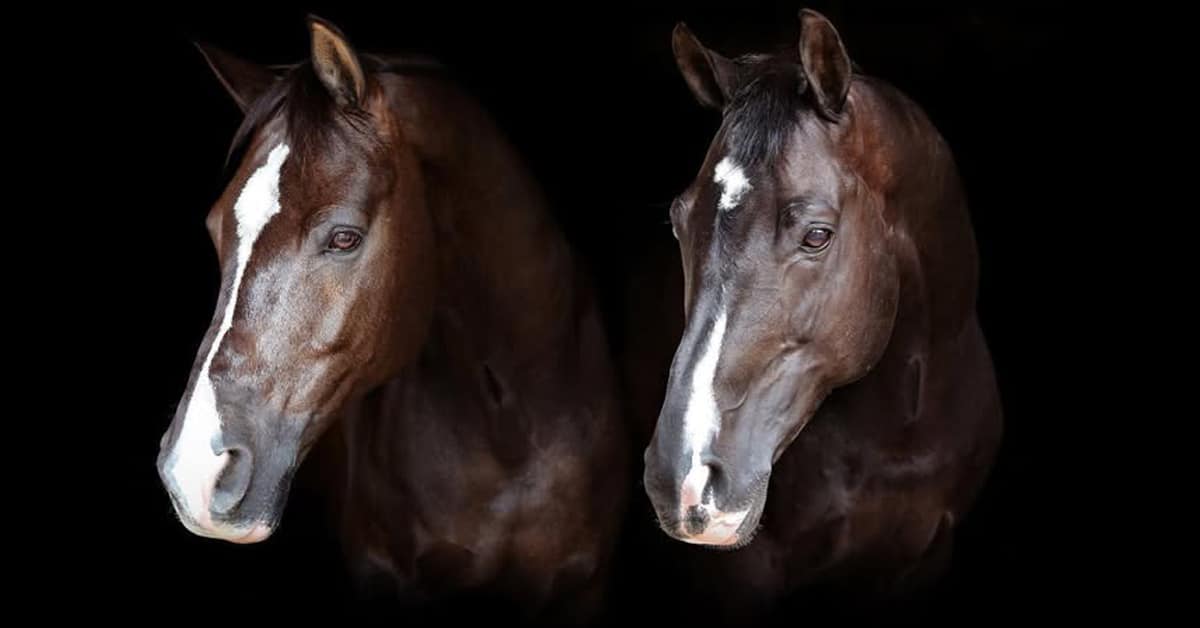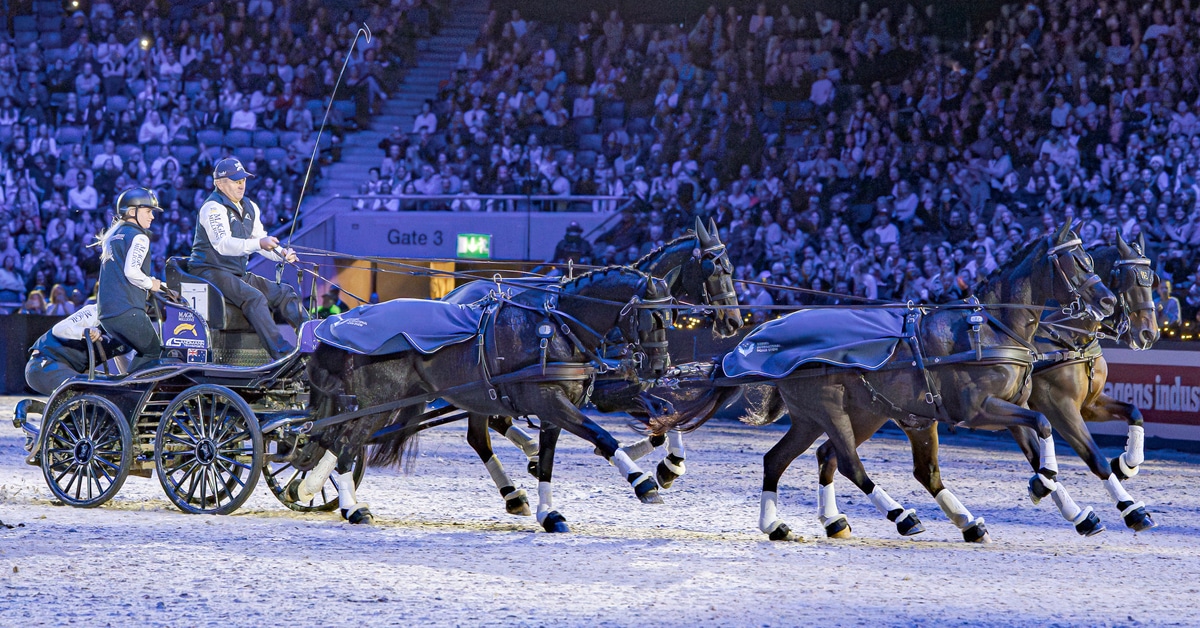Christine Stuckelberger has become the first iconic figure from dressage to openly support a group campaigning against the controversial training technique of hyperflexion. The six-time Olympian and Montreal 1976 individual gold medallist for Switzerland spoke in Paris at last week’s livestreamed conference organised by the Collectif Pour Les Chevaux. She appeared close to tears over the direction dressage has taken, and bewildered why the FEI apparently did “nothing.”
Introducing the celebrity guest, veterinarian Dr. Eva van Avermaet said she had been contacted privately by other dressage riders who secretly agreed with the Collectif’s views on hyperflexion, but that it took a lot of courage to say so publicly. Stuckelberger – 77 this month – concurred. She said it was important for someone of so many years in the sport to speak out.
Her speech came the day before the FEI Sport Forum in Lausanne, where the final recommendations of the Equine Ethics and Wellbeing Commission were discussed, resulting in further comment on the crisis engulfing FEI dressage.
In Paris, Stuckelberger began by chronicling the great equitation teachers throughout history, from Xenophon to Col. Podhajsky of the Spanish Riding School of Vienna. She was emphatic that none of them would have advocated the outline seen in contemporary Grand Prix. Stuckelberger still uses the politically incorrect term of “rolling” or rollkur to describe the training method used to achieve it.
Stuckelberger said that while many historic portraits showed historical and royal figures on horses with over-arched necks, this was simply artistic licence from those earlier times. It should not be misinterpreted to suggest hyperflexion was practised in the classical schools and thereby justifiable.
“It is not in the nature of the horse to go forward with his head down, ” she said. If you watch a horse running free, the head is forward, “his position is proud because he wants to shine.”
Stuckelberger explained that earlier in the millennium, Klaus Balkenhol, herself and others created the Xenophon Society to promote classical principles as they could already see something was going wrong.
She could not understand the FEI’s apparent reluctance to intervene. After a previous presentation in France, she spoke to two (un-named) personnel from the FEI who were present, and was assured the FEI would act. “I said to them, if we need rollkur, double bridles, running reins, we have holes [on the horse’s sides] and blood here and blood there, then something is going wrong. We have to see a reaction from the FEI. I told them to call me any time.” But she heard no more.
Her past discussions with veterinarians over whether such horses were actually in pain were inconclusive, with diverse opinion over which parts of the body were impacted. Stuckelberger herself felt there was potential for pain throughout when the movement comes more from the front, due to the physical constraints on generating the energy from behind and resultant muscle tension over the horse’s back. She thought some vital organs might also be impacted.
Stuckelberger noticed another negative evolution when spectating at the Aachen CHIO last year. “Now, the riders don’t want to show the judges that they are still rolling [sic], so now they have head more up, but still very tight.
“Riders treating horses like this are in the medals. I don’t understand why judges give 80 in tests like this when they know the horses are ridden in the rollkur.
“You see some horses’ heads in front of the vertical, but when the neck is so much higher than the poll it is a sign it has been ridden in rollkur. It is sad to see it in young horse classes; something else has to be behind the building-up of this neck so high.
“Many riders in the old times experimented too, but found the horse could not function. The horse is always the same – he must be happy in his body.”
Stuckelberger said that in her era, people rode with just the weight of the reins. Now we have “100 kilos in each hand,” with open mouths the norm. She recalled how she once rode the entire Grand Prix Special in a snaffle [not in competition], to show the unconvinced German team it could be done.
She felt today that the “sad eyes” of so many horses says it all. “This is terrible abuse. I think a horse would prefer to die than live like this. We are looking on, but saying nothing.”
More News










